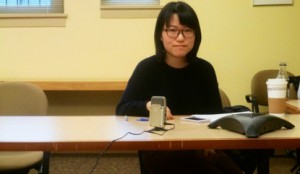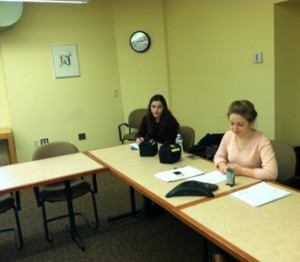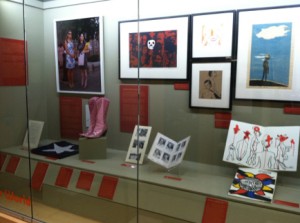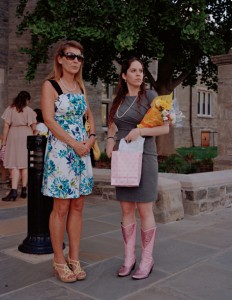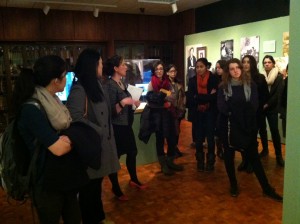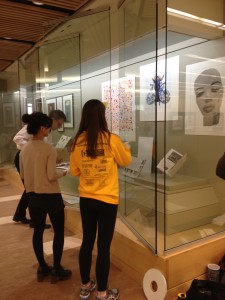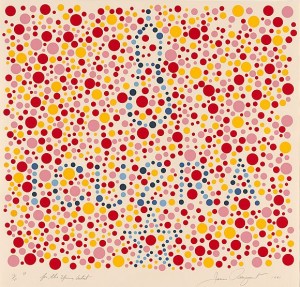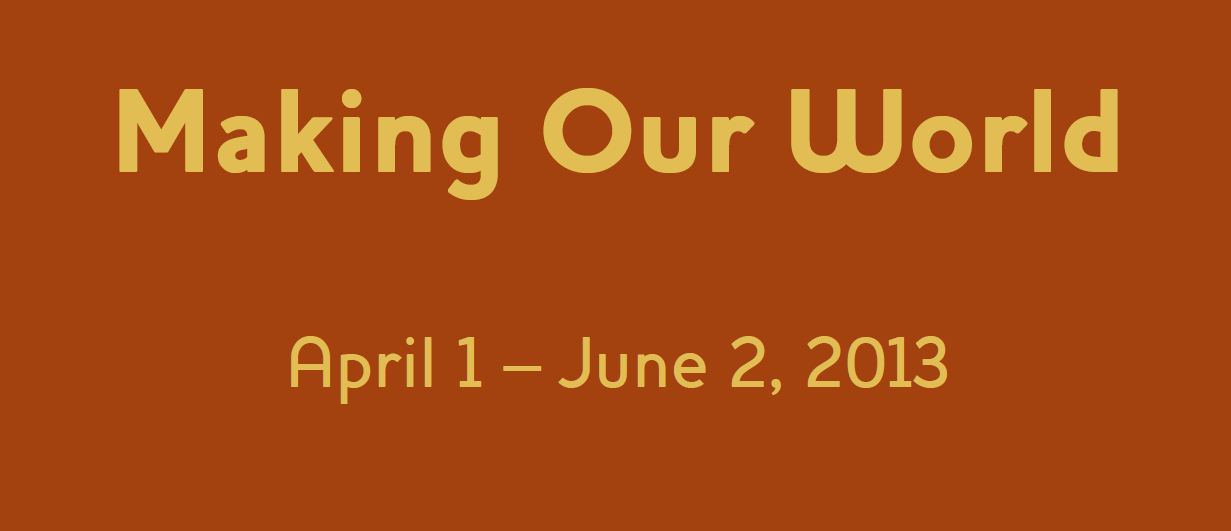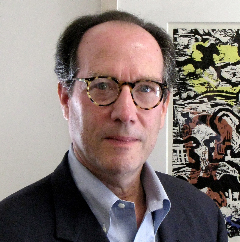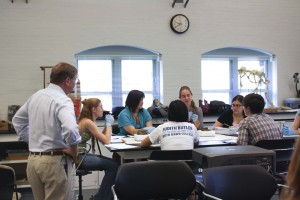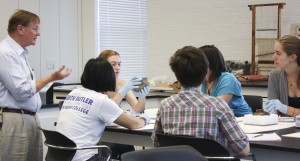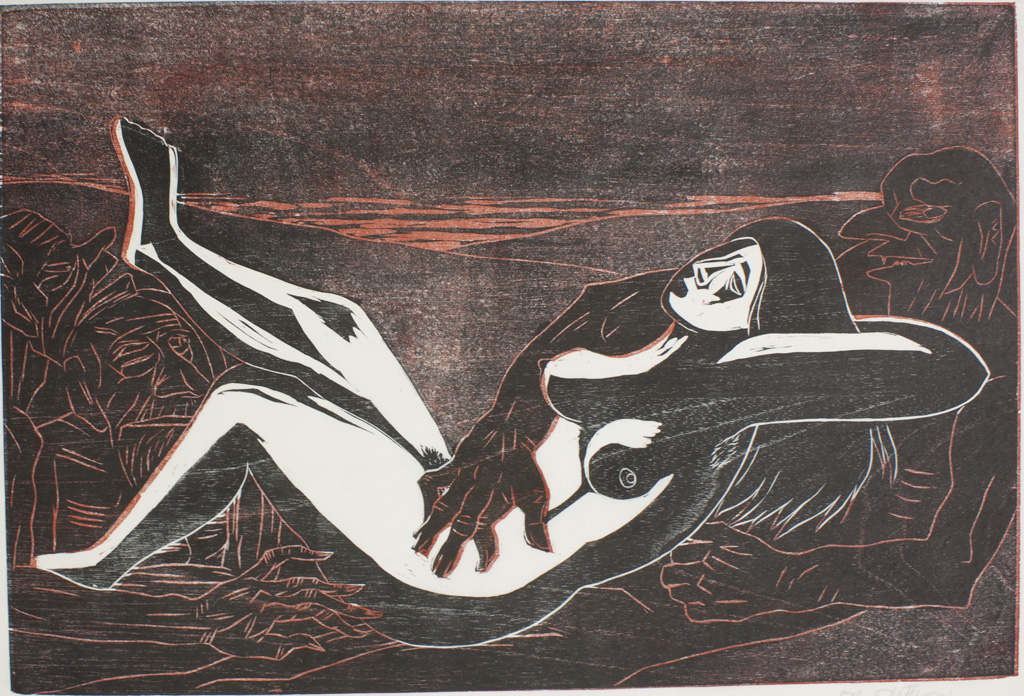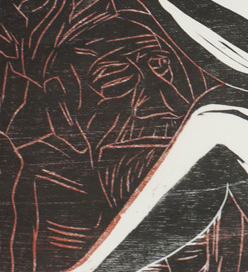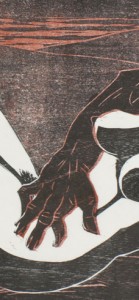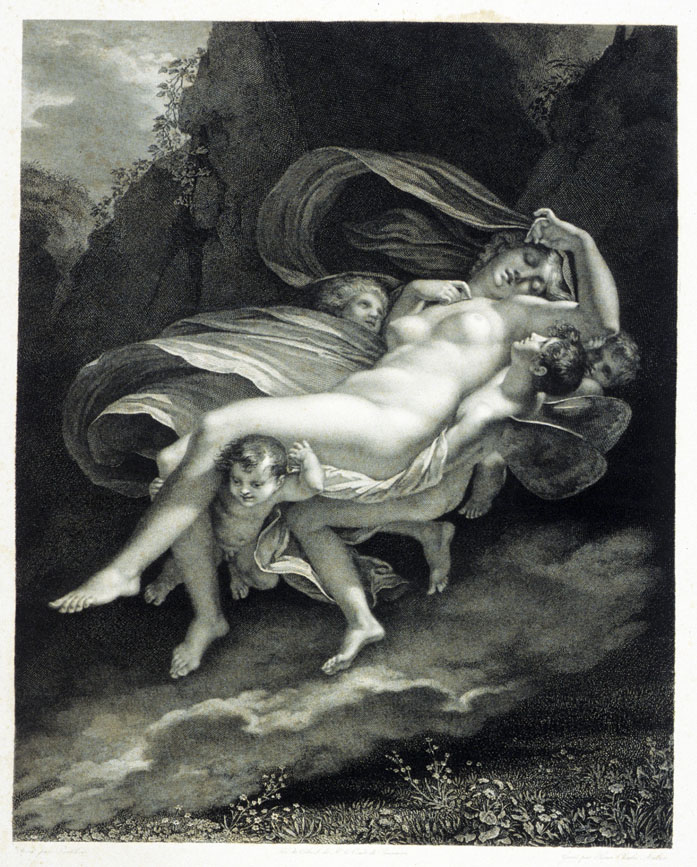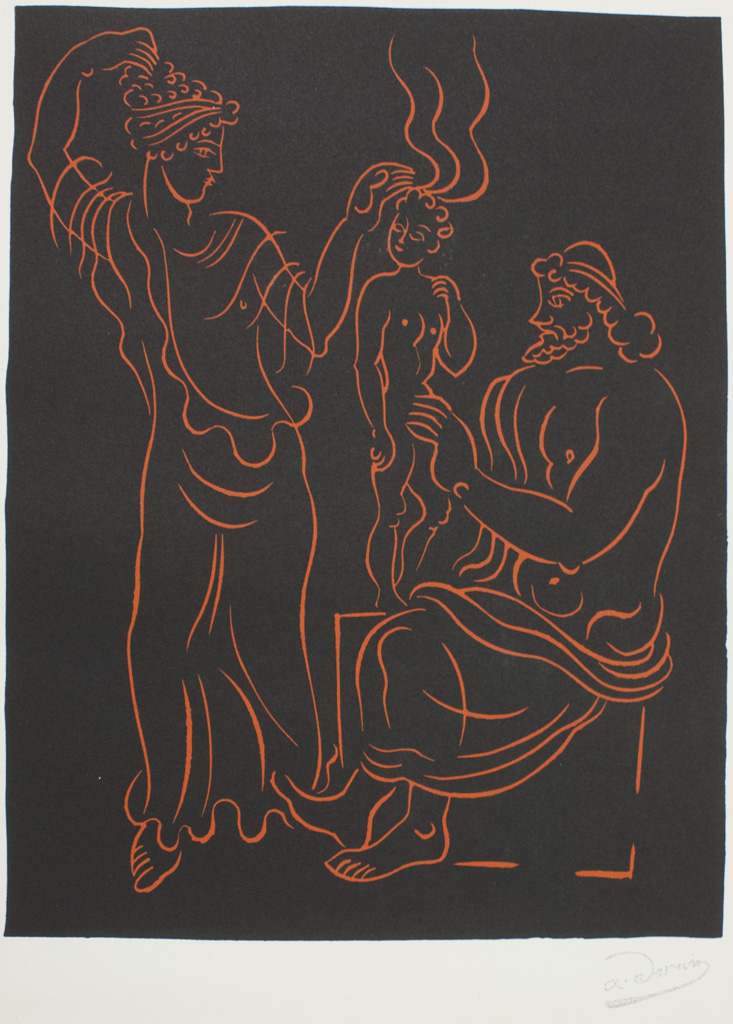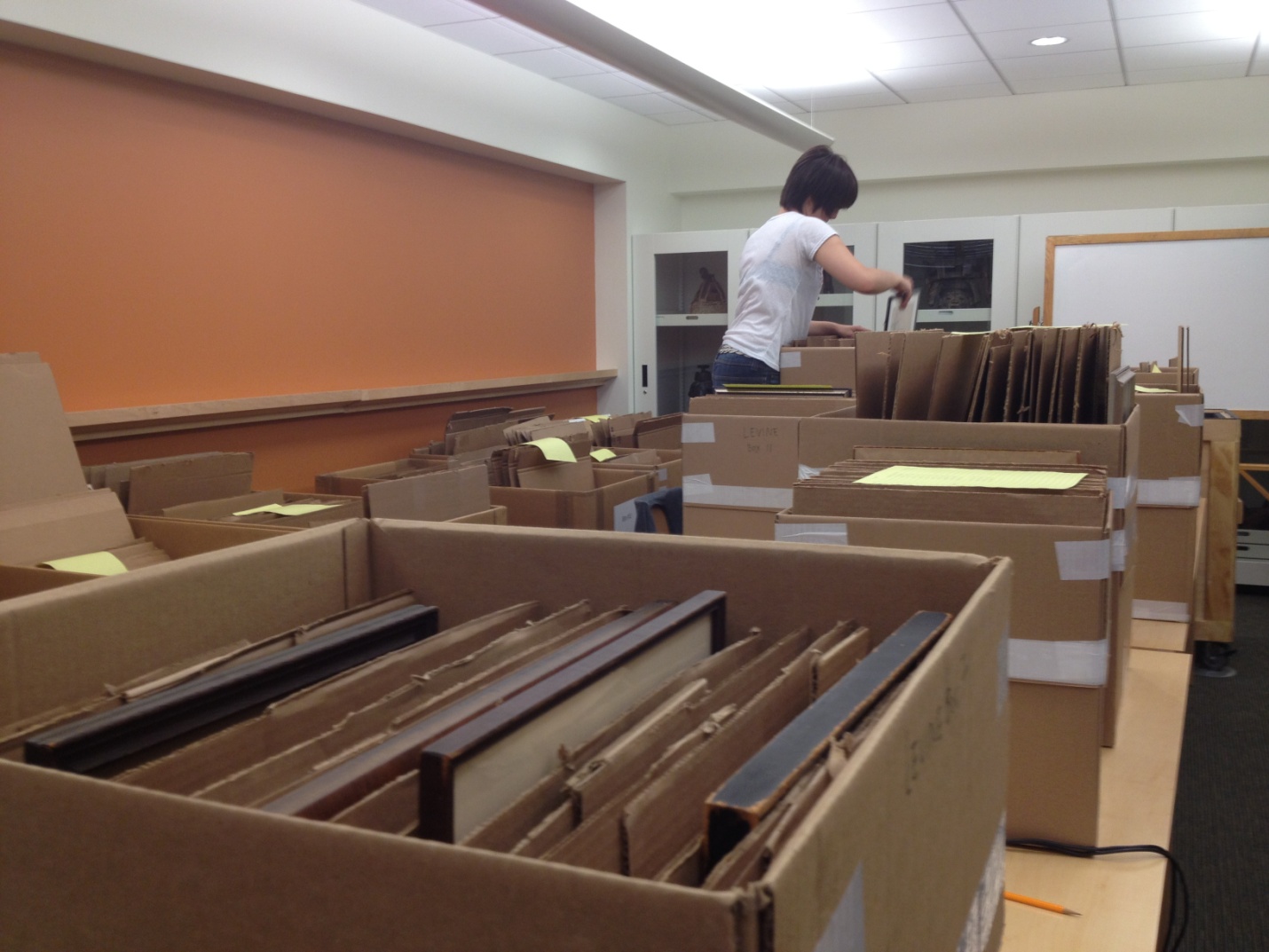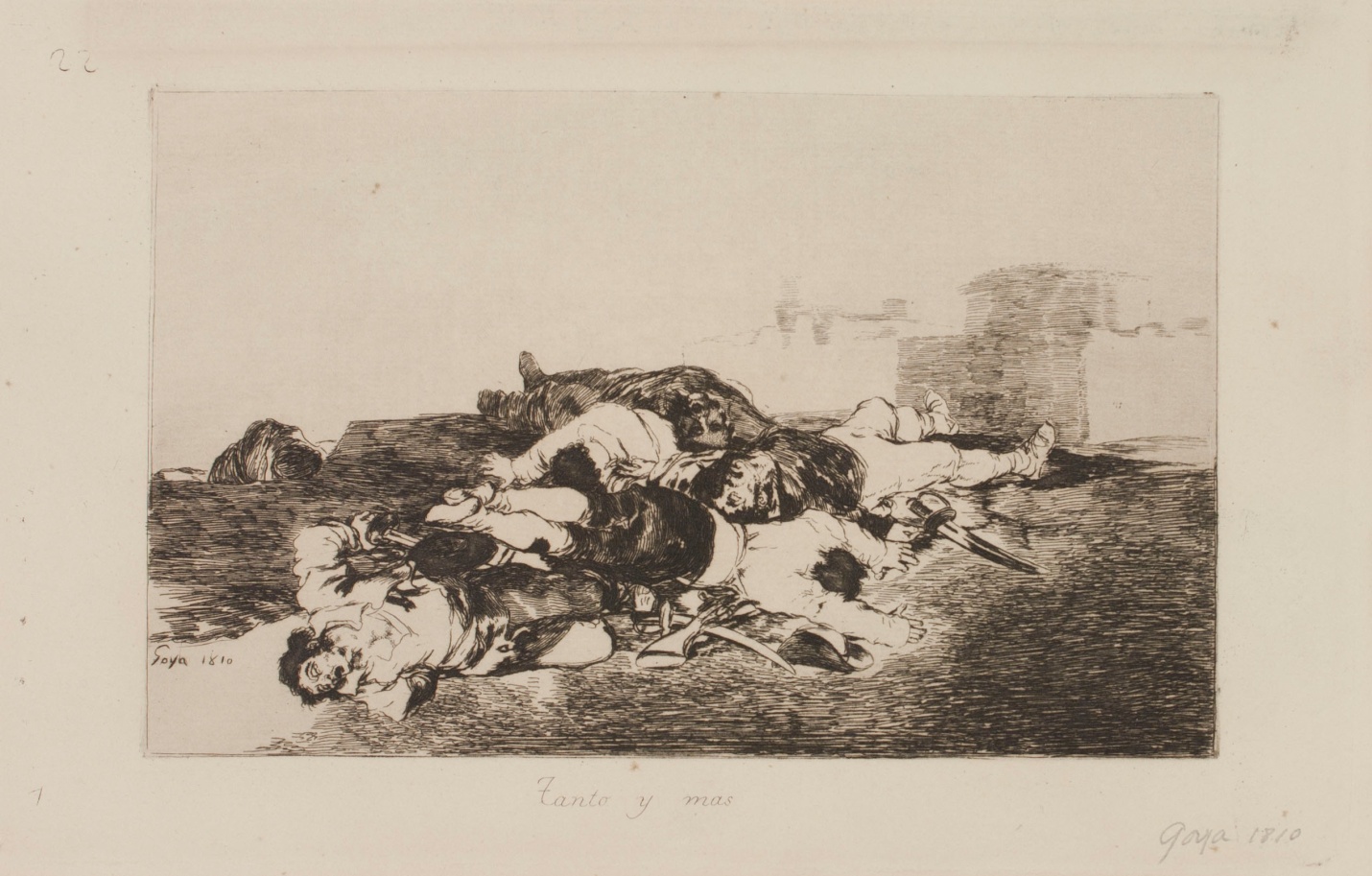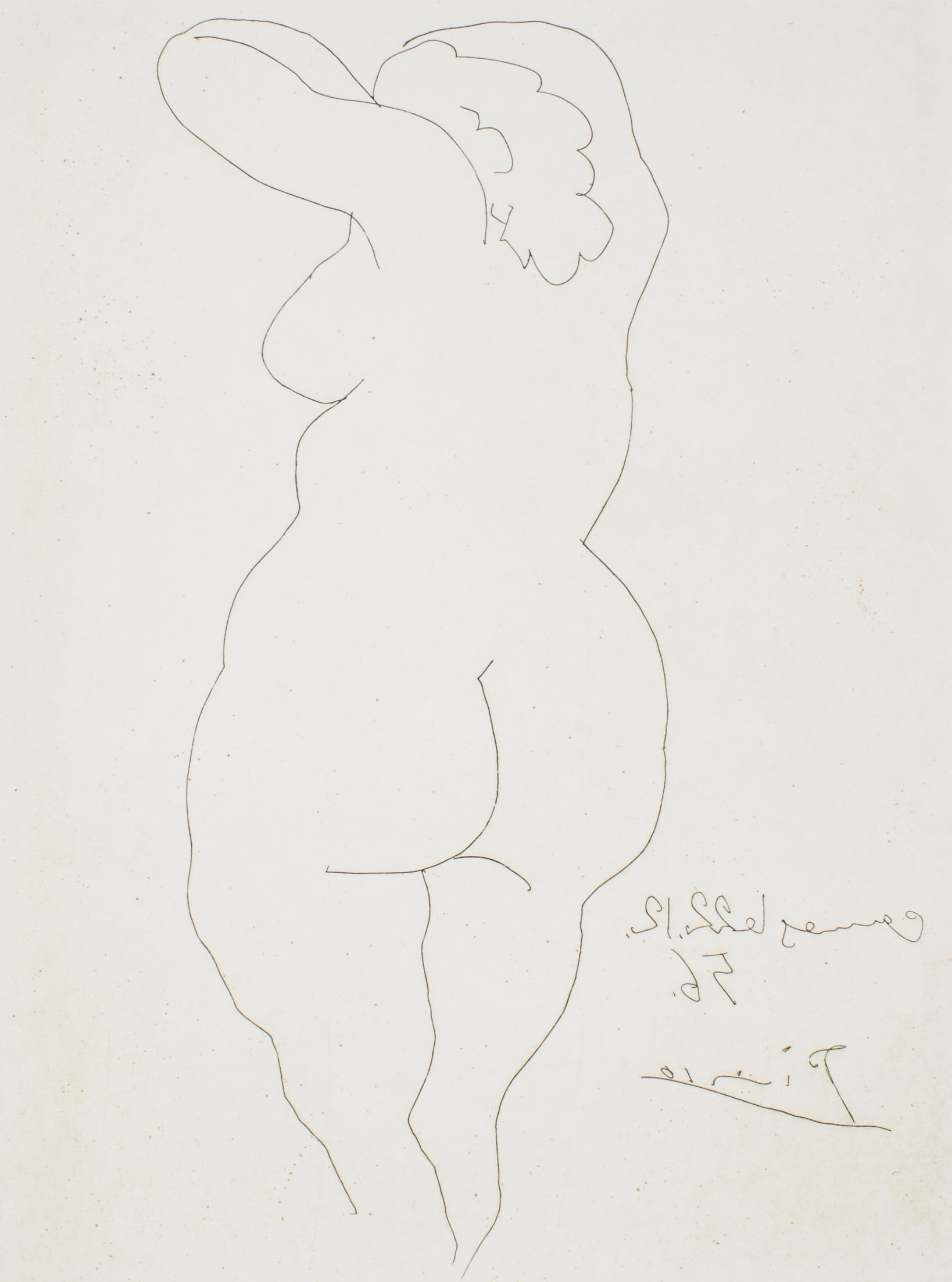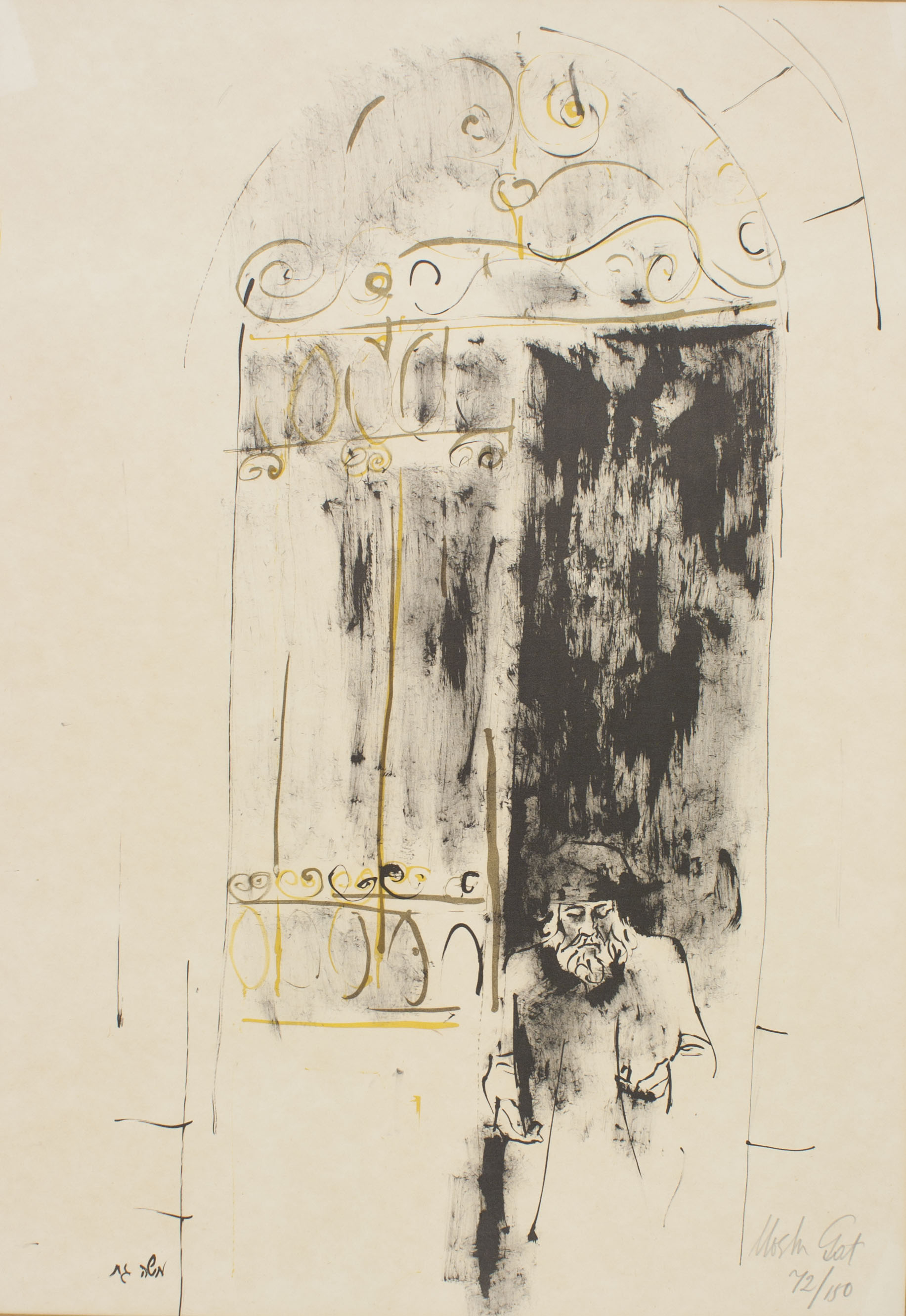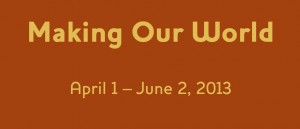 The Spring 2013 course “The Curator in the Museum” at Bryn Mawr College mixes theory into practice in the new exhibition “Making our World” located on the second floor of Canaday Library. Through readings and guest lectures related to the broader course theme of analyzing the “institution” of the museum and all its related parts, we integrated these models into our own project exhibition and corresponding education program for local high school students.
The Spring 2013 course “The Curator in the Museum” at Bryn Mawr College mixes theory into practice in the new exhibition “Making our World” located on the second floor of Canaday Library. Through readings and guest lectures related to the broader course theme of analyzing the “institution” of the museum and all its related parts, we integrated these models into our own project exhibition and corresponding education program for local high school students.
The following updates — written and edited by students as part of the team-based approach to the entire project — are reports on our progress along the way. Please let us know your thoughts.
Oral Histories: Gathering Information and Making Connections
Student bloggers: Xingzhe He, Jennifer Rabowsky, Alison Whitney
Jennifer:
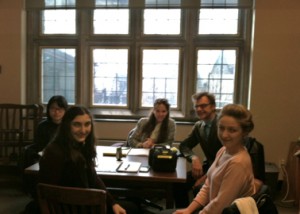
Courtney Pinkerton oral history interview with (clockwise from lower left) Jennifer Rabowsky, Xingzhe He, Pinkerton, Brian Wallace, and Alison Whitney.
Back in late February, while sitting across from our first interviewee, Courtney Pinkerton, our nerves threatened to botch our first oral history. Just a week before, we had sat down with Professor Brian Wallace and Educator Shari Osborn, where quite simply put, we were told that we were going to be conducting oral history interviews of Bryn Mawr alumna for the “Making Our World” exhibition. The process seemed intimidating—there is a widely known, appropriate way to go about conducting these interviews—and all three of us had never done one before. Luckily for us, Courtney was excited to participate, had a wonderful sense of humor, and was incredibly patient. When we had to spend five minutes to figure out why our recorders weren’t working, this last quality turned out to be a godsend. And, by the time we started the interview the ice had been broken and it was smooth sailing.
Courtney’s answers to our questions were engaging and, most importantly, were full of emotion. She told us a humorous anecdote of a prank she performed sophomore year—she and two friends replace the flags from the Thomas Hall turrets with Texas flags—followed by more serious anecdotes about how Bryn Mawr helped her view her fiscal independence as a positive. Courtney allowed us to see the influence that Bryn Mawr College had on her, and by the end of the interview we had captured a snapshot of Courtney’s life. When we walked away, we were all excited that we had conducted a successful oral history interview. But more so than this, we were excited that we had created something that would be accessioned into Bryn Mawr’s permanent collection, and that would be used as an integral part of “Making Our World”.
Xingzhe:
I interviewed two alumnae, Margery Lee, who graduated in 1951 with a BA in History, and Kimberly Blessing, who graduated in 1997 with a degree in Computer Science. Kimberly was my first interviewee, and the interview was conducted over the phone. While I was a little nervous for my first oral history project, I became more relaxed as the conversation unfolded. Kimberly was an engaging and inspiring character, and it was truly a pleasure to share with her some of the best memories she has had at Bryn Mawr, the moments of accomplishment, difficulties and confusion she had encountered as a young college student.
Later I interviewed Ms. Lee in person. Almost 60 years have passed since she left Bryn Mawr, yet she is still deeply attached to the college and the place. She recalled the classes she loved while being an undergraduate, her role as the coordinator of her Garden Party, and her involvement with the alumnae association after graduation.
Alison:
I was the second person in our group to interview an alumna on our own, and I have to say, it was nerve-wracking. But I could not have interviewed a more charming, interesting woman than Jackie Koldin Levine, graduate of Bryn Mawr’s class of 1946. Jackie received her BA from Bryn Mawr in psychology, with a minor in political science, and has led a fulfilled life as a self-described “full time volunteer”. Jackie has been very involved in national organizations for the National Jewish Community, and also with the Civil Rights Movement.
In our interview Jackie spoke proudly of her experiences marching with Dr. Martin Luther King Jr. from Selma to Montgomery, and attending the march on Washington for Jobs and Freedom. She shared that she gained her strength at Bryn Mawr, a place where she learned to not be afraid and to express herself and her beliefs — even when others disagree. My favorite moment during our interview had to have been the discovery that Jackie lived in Rockefeller dorm, where I have lived for three years. I realized that the dorm room I am living in now has been occupied by incredible women like Jackie Levine (or even Jackie herself!) who have gone on to graduate from Bryn Mawr, achieve great things, and live fulfilled lives. I am proud to know that I am a part of that legacy.

